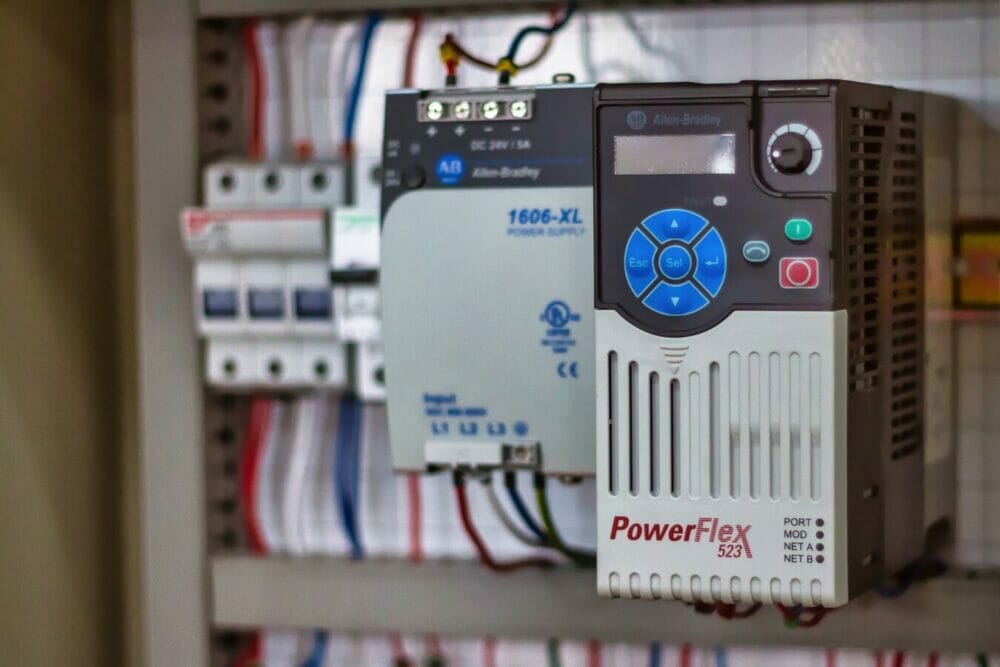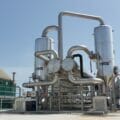We’re all guilty, every once in a while, of putting off tasks we’re not eager to deal with. In fact, statistics suggest that procrastination is a very common habit, with 25 per cent of the adult population considering it a personality trait. However, when it comes to industrial equipment, there are some things that just cannot be postponed. Here Neil Ballinger, head of EMEA at automation parts supplier EU Automation, explains why life cycle management is one of them.
Industrial equipment is designed to be in operation for decades, which is why some control systems installed in the 1980s are still reliably operating today. However, legacy equipment might present some challenges that need to be carefully addressed before disaster strikes. To do this, it is essential to keep track of equipment life cycles and to be mindful of the risks associated with aging systems.
Like with all tasks that require careful planning, manufacturers might be tempted to procrastinate and run their assets to failure. In our experience, this is not due to negligence, but to the pressure to keep production up and running to meet increasingly tight deadlines. As a consequence, maintenance engineers might be aware that a core piece of equipment has reached its end-of-life, but the company might have no concrete plans for addressing and managing the problems that will inevitably arise.
The first one is that, as newer models reach the market, there will be fewer spare parts available for legacy equipment. In this case, manufacturers will need to liaise with a supplier that specialises in obsolete automation components to avoid the risk of buying from unreliable sources.
Just like spare parts, skills can also become obsolete. So, another common issue is that as machines get older, it will be harder to find personnel and external experts who can advise and assist on their maintenance. Finally, regulatory compliance can also become an issue, as requirements for health and safety, energy efficiency and emissions change over time.
Act now
Monitoring the life cycles of equipment and being aware of which assets have reached a critical stage in their active operating life can help manufacturers plan for the future. For example, this information will support decision-making regarding equipment maintenance, refurbishment and replacement that should be reflected in the annual spending budget, so that manufacturers can avoid unexpected expenses when legacy machinery breaks.
Active life cycle monitoring starts with a complete equipment audit. Manufacturers should record the installation date of each machine, its expected lifespan — which should be based on data provided by the original equipment manufacturer (OEM) — and current condition. This information alone can provide the basis for a simple obsolescence management programme.
Additional information such as past repairs, operating costs and energy consumption can help draw further insight, such as calculating the total cost of ownership (CTO) and comparing it to that of other available models.
This information can be simply collated into an Excel spreadsheet to plan a comprehensive maintenance routine and avoid unplanned downtime. However, when dealing with legacy equipment, regular maintenance might not be enough and manufacturers should be prepared in case their assets fail. This is why it’s also advisable to add information that can help with emergency repairs, such as the contact details of suppliers who can quickly provide spare parts if necessary.
These simple steps may require a couple of days of intense planning, but they can save millions in unplanned downtime. While procrastination is a common human tendency, it should find no space in obsolescence management.
For more tips on managing legacy industrial equipment and to choose from a huge range or new, refurbished and obsolete spare components, visit www.euautomation.com.








